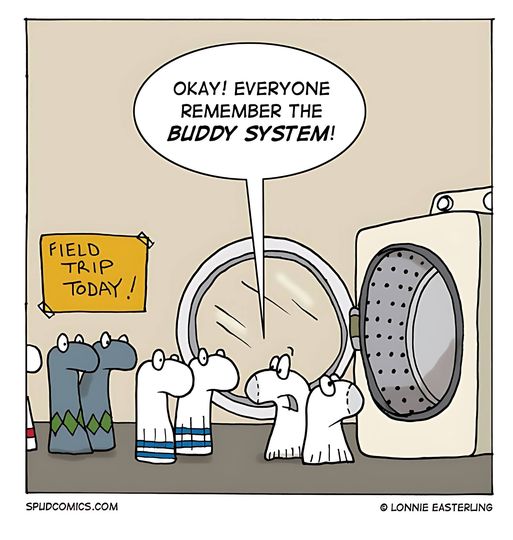Frank Morris was born in Nashville, Tennessee in 1908. At the age of six he lost his right eye after hitting a tree branch while horseback riding, and at the age of 16 he lost his left eye during a boxing match. Morris was very frustrated with depending on others to help him get around.
In November 1927, Morris's father read him an article by Dorothy Eustis, an American philanthropist living in Switzerland who operated a school that supplied dogs to the police and Red Cross. The article described schools in Germany that trained guide dogs for WWI veterans who had gone blind from mustard gas.
Morris was inspired to write Eustis for help. "Is what you say really true? If so, I want one of those dogs! And I am not alone. Thousands of blind like me abhor being dependent on others. Help me and I will help them. Train me and I will bring back my dog and show people here how a blind man can be absolutely on his own. We can then set up an instruction center in this country to give all those here who want it a chance at a new life." Eustis agreed to help.
Morris went to Switzerland and trained with a female German shepherd named Kiss, which he quickly renamed Buddy. The training was hard, but after a few weeks Morris was able to get around the Swiss village safely with Buddy's assistance.
In June 1928, Frank returned to the US with Buddy in New York City. He notified the media and demonstrated Buddy's abilities by crossing a busy New York street. According to Morris "She [Buddy] moved forward into the ear-splitting clangor, stopped, backed up, and started again. I lost all sense of direction and surrendered myself entirely to the dog. I shall never forget the next three minutes: 10-ton trucks rocketing past, cabs blowing their horns in our ears, drivers shouting at us. When we finally got to the other side and I realized what a really magnificent job she had done, I leaned over and gave Buddy a great big hug and told her what a good, good girl she was."
Morris sent a one-word telegram to Eustis: "SUCCESS!"
In January 1929, Morris and Eustis cofounded the first guide dog school in the US called The Seeing Eye. It operated in Nashville for two years and then relocated to New Jersey because the weather was more suitable for training dogs. Between 1929 and 1956, Morris traveled throughout the US spreading the word about the organization and the need for equal access laws for people with guide dogs. By 1956, every state in the US had passed laws allowing blind people with guide dogs access to public spaces.
Buddy died on May 23, 1938. Morris named his next dog Buddy, as he would all his subsequent seeing eye dogs. On April 29, 2005, a sculpture of Frank Morris and Buddy titled The Way to Independence was unveiled in Morristown, New Jersey.
 Prevents millions of accidents annually
Prevents millions of accidents annually Is used on every modern vehicle (even spacecraft!)
Is used on every modern vehicle (even spacecraft!) Saves more lives than seatbelts or airbags combined
Saves more lives than seatbelts or airbags combined









